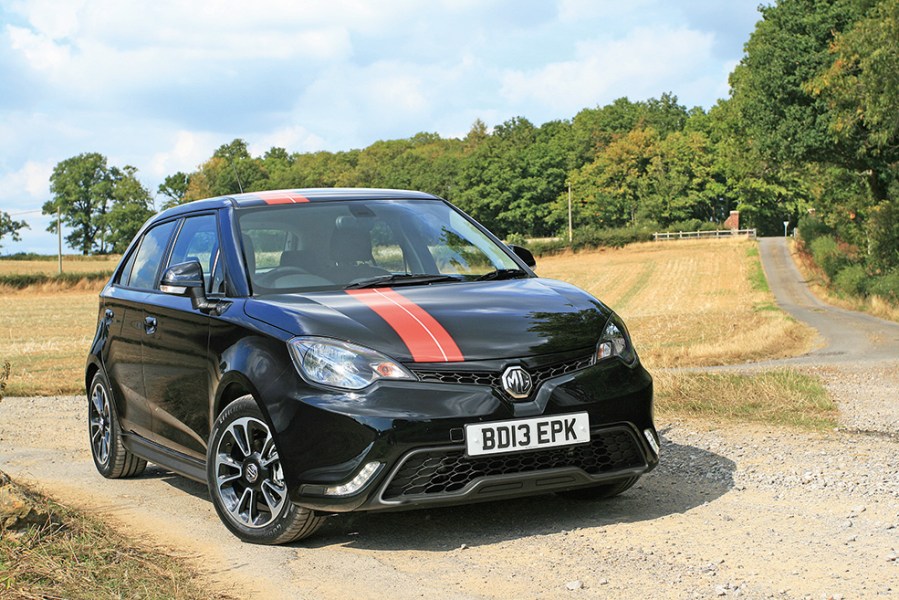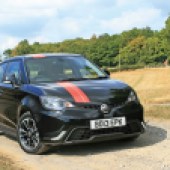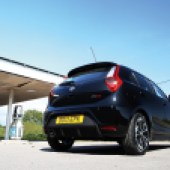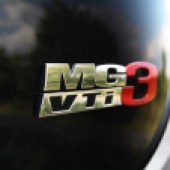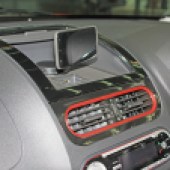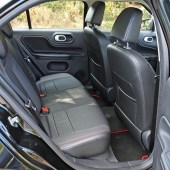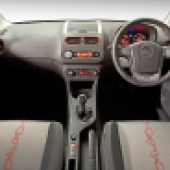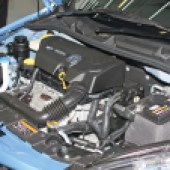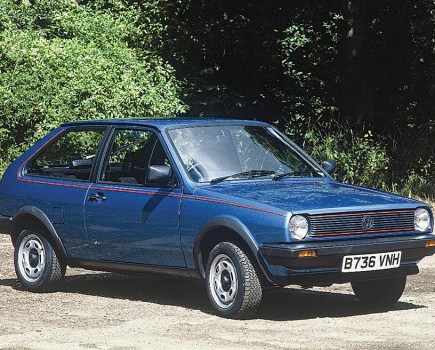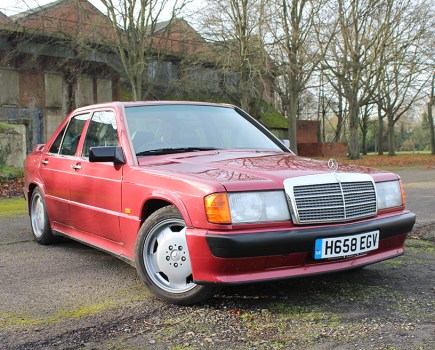MG3 2013-2015 BUYERS GUIDE
When the MG3 was launched in the UK in September 2013, there were plenty of people who predicted savage depreciation for the new model on the secondhand market. They based that prediction in no small measure on the experience of the MG6, which soon saw very low residuals and heavy discounting by MG themselves.
However, there was one fundamental difference between the two models – MG had touted some ambitiously upmarket aspirations for the 6 and priced it accordingly, whereas they learnt from that debacle and pitched the MG3 bang on target. That target was for a well-equipped car, competently styled with a little added funkiness courtesy of the numerous graphics packs, and crucially a very competitive pricing structure. As MG said at the time, it was targeted at those who aspired to a MINI or an Audi, but only had the budget for a Kia Rio.
As a result, the MG3 has held its value remarkably well. There is a bit of a no-man’s land for cars that are only a year or so old, because sellers will inevitably expect to retain a large percentage of the cost they paid a few short months previously, but buyers may well think they are better off paying a little more and buying new. There are exceptions to this rule, and we found a 2016 MG3Time for sale at a car supermarket with fewer than 3000 miles on the clock at under £6000, representing a good discount on a nearly new car with plenty of manufacturer’s warranty left to run.
That was still well above our £4500 budget of course, and realistically you will be hunting outside the warranty period for that kind of cash. You will also be looking at higher miles than the example above, though cars can still be found with anywhere from 30,000-90,000 miles at that price. At the time of writing, for example, we found a 2014 3Form Sport with 81,000 miles for £3489, a 64-plate 3Form on 63,000 miles for £3998, a 63-plate 3Style Lux on 69,500 miles with an asking price of £4489 and a 2013 3Style at just under £3000 but with nearly 100,000 recorded miles. We also noted a 2013 3Style with just 31,288 miles for £3995, and if you could stretch to £4870, you could have got a 64-plate 3Style with only 10,950 miles recorded.
But what exactly do those model terms mean? Well, the base model was the 3Time, which cost £8399 at launch. This lacked such items as air conditioning and central locking, and came with a plastic steering wheel and a basic CD stereo. Next up the food chain was the 3Form at £9299, which came with extras such as the aircon and all-singing DAB radio, bluetooth streaming etc. Top of the tree was initially the 3Style at £9999, which got not only the full package of gizmos that included automatic lights and wipers, cruise control and parking sensors, but also a styling package that included a boot spoiler and side sill extensions.
All models could be specified with a range of graphic packs, from traditional to garish and from a full-on roof covered in emojis to a range of more subtle stripes. You could also specify a 3Form Sport that included the styling from the 3Style but without some of the electronic goodies, and a 3Style Lux that added leather seats to the top model as an extra cost option. The good news is that as so often happens, the price differentials are nowhere near as pronounced on the secondhand market as they are on new cars, so it is possible to get even more for your money.
Mechanically, there was little change between the models. All got the same 106Ps normally aspirated 1498cc, four-cylinder engine developing 100lb.ft of torque and driving the front wheels though a five speed gearbox. That gave quoted mpg figures of 37.7mpg (urban), 57.6mpg (extra urban) and 48.7mpg (combined). Bear in mind that those mpg figures will be difficult to attain in the real world, but the MG3 should still be a relatively cheap car to own and run.
The only difference in the running gear was that the upper models got 16in wheels and lower profile tyres to give them a slight edge in the sporting stakes, while the 14in rims and taller tyres of the lowest two trim levels are arguably more comfortable. All models were rated in the very low insurance band of 4E, and the CO2 emissions of 136g/100km put them in tax band E, which currently costs £130 per year. The EU6 engine arrived in 2016 with the addition of stop/start to help lower the emissions to 124g/km, but you are unlikely to find one of those on the road at this price just yet.
Since no MG3 is more than five years old and the cars were well screwed together by the factory, rust should not be an issue and previous accident damage and poor repairs are likely to be your main bodywork issues. Having said that, if you are buying purely on price then it may be that you will have to accept a general scruffiness and lack of previous owner care – we checked out one example for sale at an enticing £3000, but found every panel was scratched or scraped and all four wheels badly scuffed. Incidentally, the 16in wheels are susceptible to kerbing because the 195/55×16 tyre is a little narrow for the 7in wide rim and this leaves them vulnerable.
With a potential pool of well over 10,000 cars sold now, there have been gratifyingly few mechanical issues, as Roger Parker reported in his full-length buying guide in the February issue. The most important point Roger did outline started with a number of early cars whose timing chain (yes it is an old school chain, so no belt to replace) jumped a tooth on the timing wheel. This should have been sorted under warranty though and the problem does not seem to be a current issue, but beware of any car that is running roughly in case this is the cause – in the worst case scenario, it can cause extensive engine damage.
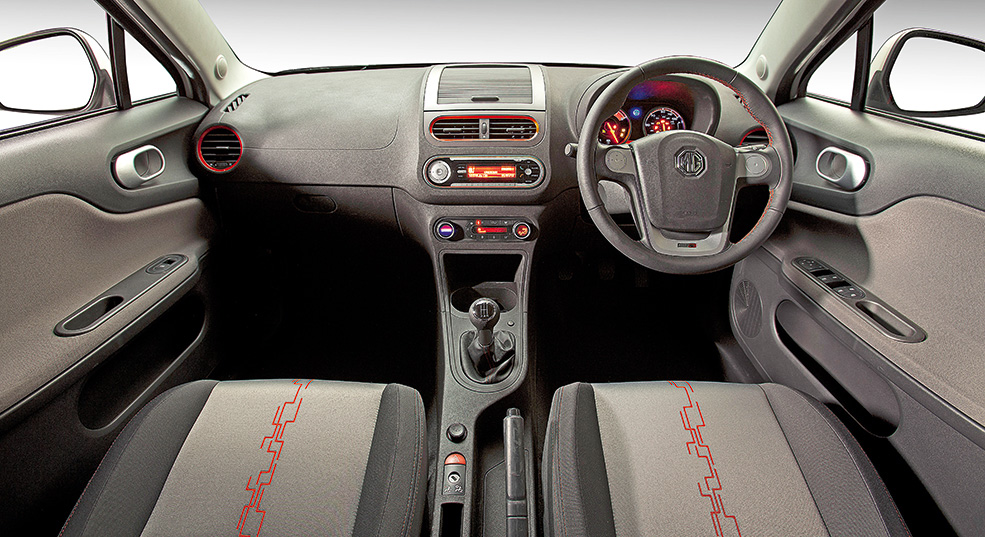
Clutches were another area that have been widely discussed by owners. A failed clutch will be expensive to replace now that the cars in our price range are out of warranty, but a clutch pedal that occasionally needs to be physically lifted back off the floor could be down to an issue with the clutch pedal return spring becoming detached or broken, weeping at the master cylinder allowing air to get into the system or by a fluid weep at a quick-fit 90° pipe connector where it enters the engine bay behind the air filter box. The cure here is simply to replace this quick release connector and bleed the clutch.
If the SRS (airbag) light comes on, this is usually nothing more than a poor wiring connection under one of the front seats, and can usually be cured by squeezing the connections tightly back together, perhaps adding a cable tie if it is a recurring problem. Roger also reported that some of the early cars suffered from an audible clunk when turning to full steering lock. Most will have been fixed under warranty – a relatively quick while-you-wait dealer fix.
Graphics are always going to be a matter of personal taste, but we feel that the model does benefit from stripes and side graphics, or from having the roof in a contrasting colour. (Best of all to our mind is a white painted roof on a red car, but that option only arrived in 2016.) The vinyl used for many of these additions may no longer be perfect or to your taste, but it should be easy to remove it and then either clean the paint underneath or add graphics more to your liking.
The MG3 is DIY-friendly as far as servicing goes, the oil filter and sump drain plug being accessible without having to remove the undertray. Air and fuel filters are also easily accessed. Roger did note in his guide that if you intend paying a garage to do your servicing according to the MG schedules, then be aware that the four year service is relatively large and will set you back in the region of £400.
That practicality extends to the whole ownership experience. All MG3s are five door hatchbacks, so access to the rear seats is good if you have small kids. There is also plenty of room both front and back for adults, and visibility for the driver is a cut above the average today. Luggage space is more generous than you might expect too, and the split fold rear seat adds to the car’s versatility.
An MG3 is no sports car to drive, but it is willing enough if you use the gears to make rapid progress. It will still pull happily enough if you are more lazy with the gear stick, but you will then notice a lack of torque that takes the edge off acceleration. Having said that, the controls are all light and fuss free, with brakes, suspension and overall handling that can easily cope with more than 106Ps. There are not too many upgrade options yet, but they are starting to appear and with MG3s set to go racing perhaps next year, you can expect a whole lot more options to become available in the near future.

WHAT TO PAY
As outlined above, MG3 prices currently start from just under £3000, though at that price point you will have to expect some scruffiness or a mileage approaching the three-figure mark. Our £4500 budget should be enough to find you a very tidy car with around 30-50,000 miles on the clock. You should also have a choice of specification at that price, and a number of colour/graphic options to choose from.
There are plenty of alternatives at this price point, but we’ll stick with the practical hatchback theme and suggest a Metro, Maestro or MG6 GT. The 1980s MGs are thin on the ground, but you should be able to track one down in excellent condition. Despite being newer, the MG6 might take even more hunting, but with diligence you should eventually be able to bag a lower S or SE spec GT with 50-60,000 miles for the money.

